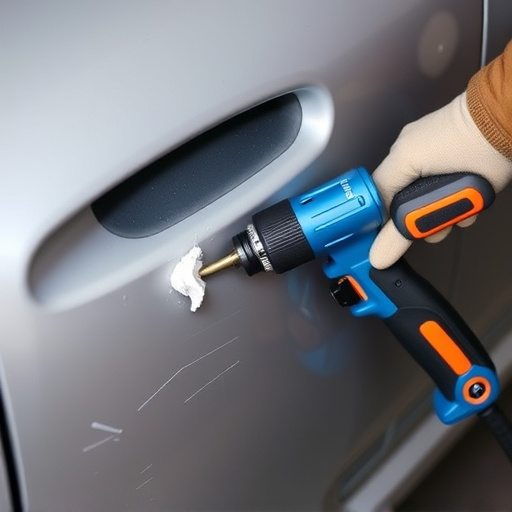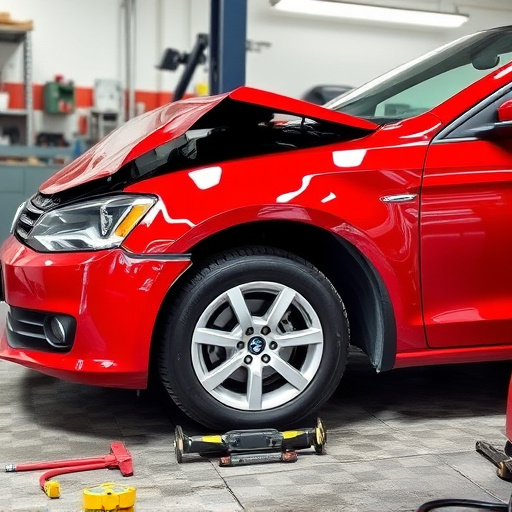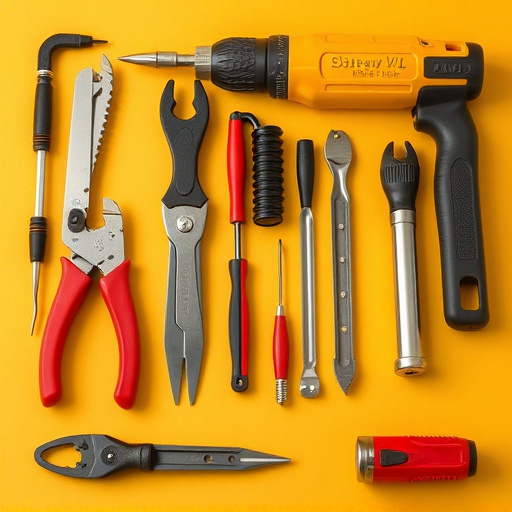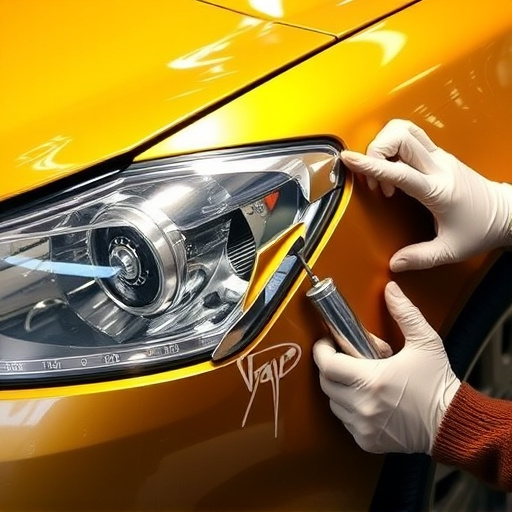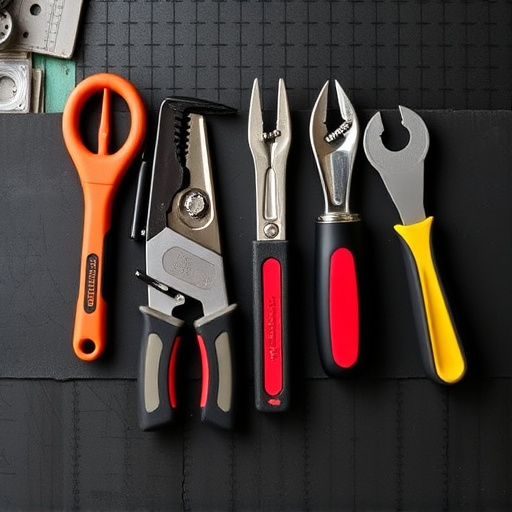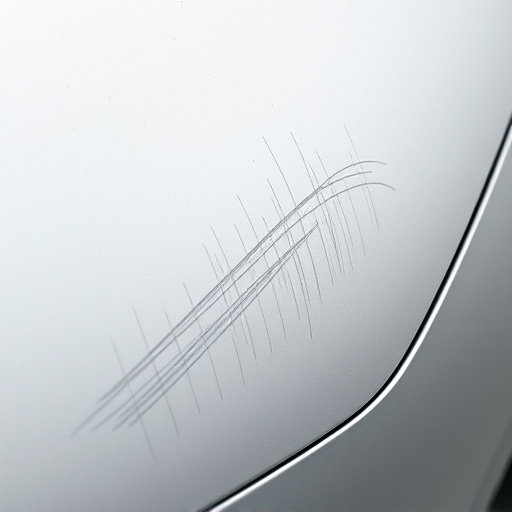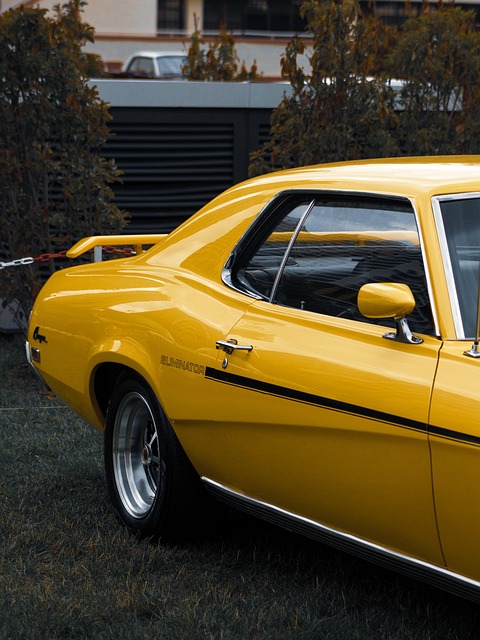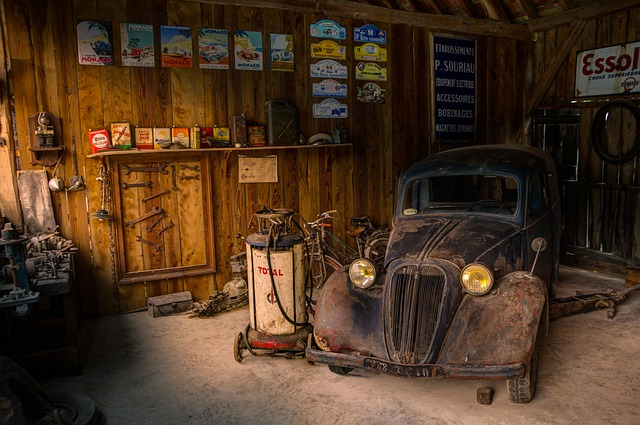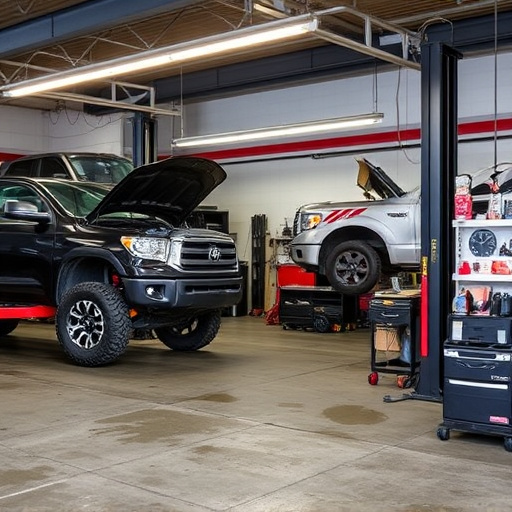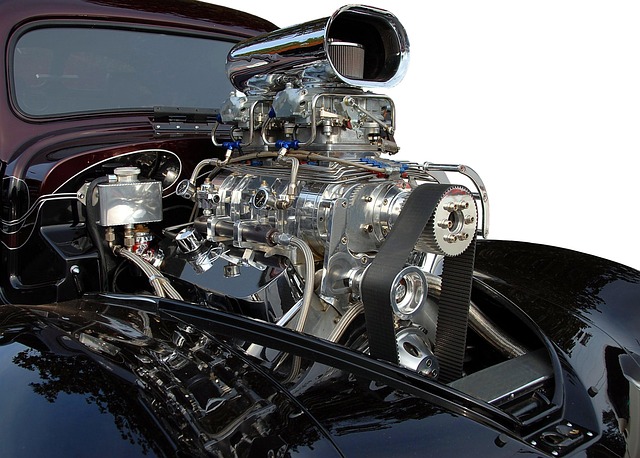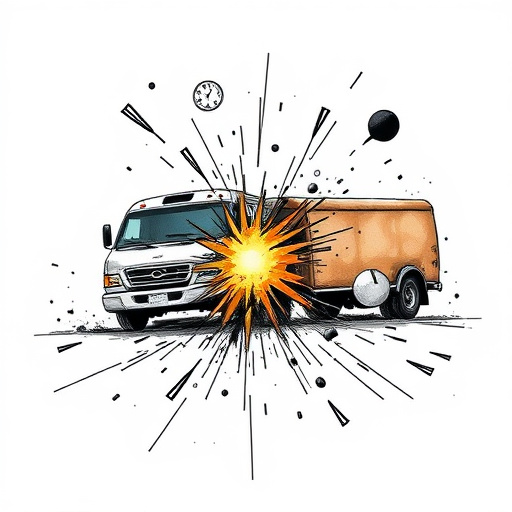The text offers an overview of diverse automotive paint types available in the market, from traditional liquid paints (oil-based or latex) to modern innovations like ceramic coatings, each with unique compositions and application methods. It emphasizes factors such as durability, cost, and environmental resistance that influence selection for auto body shops and collision repair services. Custom painting, ranging from classic designs to advanced finishes, is explored as a method for both aesthetic enhancement and restoration, highlighting the importance of choosing suitable automotive paint types and reputable auto body services for top-notch results.
Looking to customize your ride with a unique finish? Custom automotive paint jobs offer endless possibilities. From classic looks to modern effects, understanding automotive paint types is key. This guide breaks down the basics of car paint, explores trendy custom options like metallics, pearls, and solids, and highlights factors to consider when choosing your perfect color. Discover how to transform your vehicle into a one-of-a-kind masterpiece using various automotive paint types.
- Understanding the Basics of Automotive Paint Types
- Exploring Popular Custom Paint Options for Vehicles
- Factors to Consider When Choosing a Custom Automotive Paint Job
Understanding the Basics of Automotive Paint Types

Understanding the Basics of Automotive Paint Types
When it comes to automotive paint types, there are several options available for auto body shops and collision repair services to choose from. The primary distinction lies in their composition and application. Traditional paints are typically oil-based or latex-based, offering a range of colors and finishes. However, modern automotive paints have evolved significantly, incorporating advanced technologies and ingredients. For instance, ceramic coatings provide superior protection against UV rays, oxidation, and environmental damage, making them a popular choice for those seeking long-lasting results.
Each automotive paint type serves unique purposes. While conventional paints are cost-effective and easy to apply, they may not offer the same level of durability as specialized options. Polyester and epoxy paints, on the other hand, are renowned for their strength and resistance to chips and cracks. When considering automotive paint types, it’s crucial to balance factors like quality, longevity, and budget. This decision directly impacts the final look and protection of vehicles undergoing auto body repair or collision repair services.
Exploring Popular Custom Paint Options for Vehicles
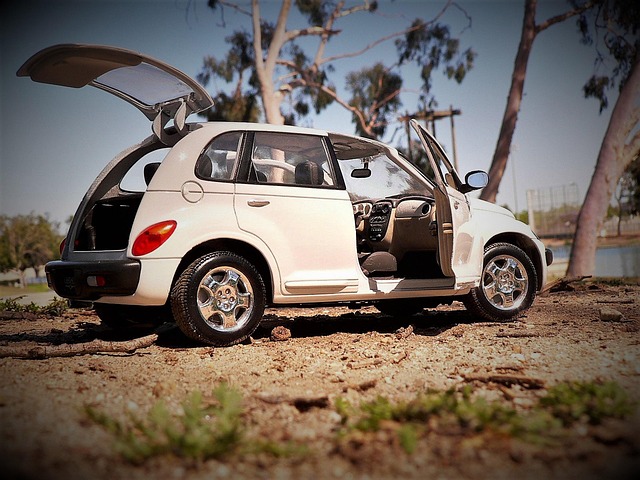
When it comes to customizing your vehicle, the options for automotive paint types are vast and varied, allowing car enthusiasts to express their creativity and individuality. From classic two-tone schemes to modern gradient effects, the possibilities are only limited by imagination. One popular trend involves using specialized paints that offer unique finishes like metallic, pearl, or iridescent hues, adding a touch of luxury and visual appeal. These custom paint options can transform a simple car into a stunning work of art on wheels.
Moreover, many auto enthusiasts opt for custom painting as a way to restore their vehicles to like-new condition or even improve upon the original look. This is especially prevalent in collision centers and auto repair shops where experts use advanced techniques for dent removal and meticulous color matching to ensure a flawless finish. Whether it’s a vintage car restoration project or a desire to stand out from the crowd, exploring these diverse automotive paint types promises an exciting journey of self-expression and vehicle enhancement.
Factors to Consider When Choosing a Custom Automotive Paint Job

When considering a custom automotive paint job, several factors come into play to ensure the best outcome for your vehicle. Firstly, understanding the different automotive paint types is key. Options range from traditional liquid paints to more advanced options like polyurethane and epoxy coatings, each offering unique benefits in terms of durability, shine, and resistance to scratches and fading. The choice depends on personal preference and the desired look.
Additionally, it’s essential to consider factors such as the quality of auto body services provided by the shop, their experience with custom paints, and the reputation of the auto collision center. Researching these aspects will help ensure that your vehicle receives the meticulous care and precision required for a top-notch paint job.
When it comes to custom automotive paint jobs, understanding the various paint types and options available is key. By familiarizing yourself with the basics and exploring popular choices, you can make an informed decision that suits your vehicle’s unique needs. Remember to weigh factors like durability, color selection, and application methods before choosing a custom paint job that will not only enhance your car’s aesthetics but also stand the test of time.
